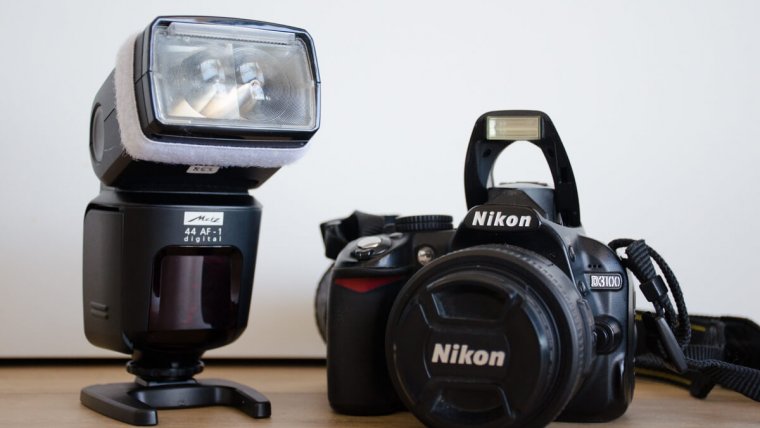
There is a moment in the life of each photographer that the big question arrives: Do I need to get an external flash? The question is not easy to answer, mostly because when you are new to the subject, even the terminology used to describe them sounds confusing. After checking for a couple of flashes it’s easy to feel even more confused, so you can end up not getting an external flash or getting the first one you check. I want to help you to decide if you should get an external flash by putting together a complete guide with everything I learned when I decided to go into the wonderful world of external flashes.
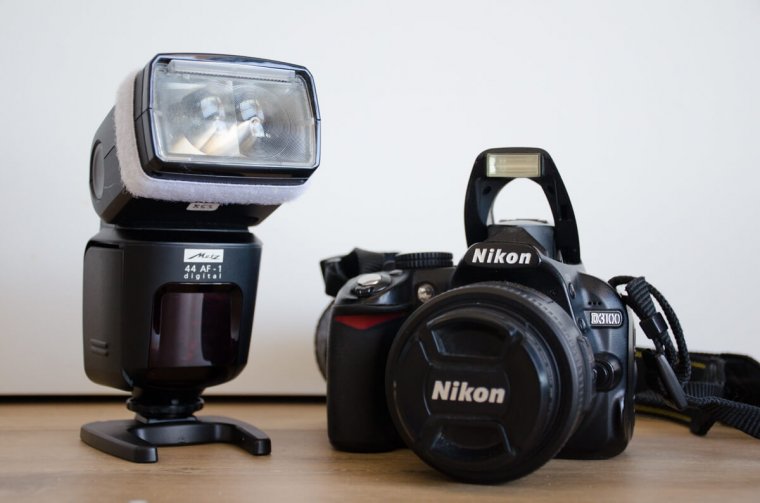
In this first article, we will focus on the advantages and disadvantages of both the external and the built-in flash. This will help you to decide if you need to invest in an external flash or not. In the following articles of this guide, I will talk about things you should consider when you choose your external flash, some useful accessories and I will give some tips to start using your brand new flash! Let´s start!
A built-in flash is an integral unit of the camera that discharges strong, rapid pulses of light when you are taking a photo. It is working in the most basic way possible. It is synchronized with the camera’s other apparatus.
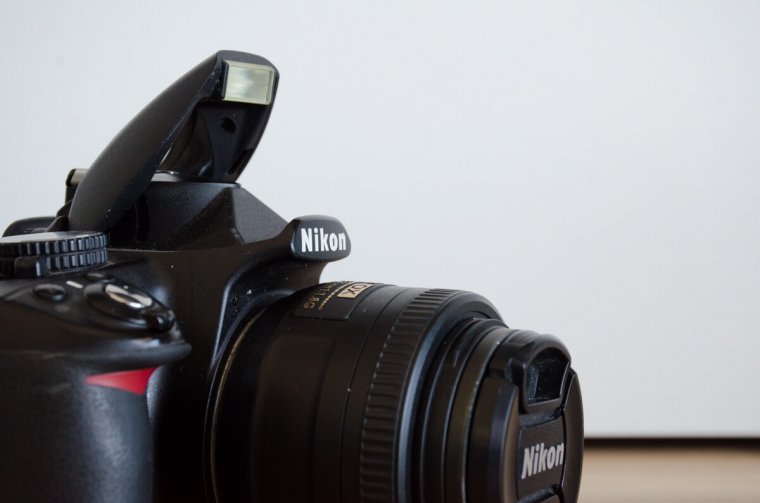
Advantages of using a built-in flash
#1. Always with you: One of the main advantages of this flash is that it is already in your camera. You don´t need to choose it or make any effort to remember to put it inside your bag. It is always there ready to fire!
#2. Intuitive: Using the flash is something quite intuitive to most starting photographers; you are in the dark, you pop out your camera’s built-in flash, you take the photo- problem solved.
#3. Small and light: The built-in flash does not add extra volume or weight to your camera bag. Depending on the situation, this can be a really good thing.
Disadvantages of the built-in flash
#1 Light always comes from the same spot: The most obvious disadvantage of the built-in flash is marked in its name; you have no control over the light source location or its direction, it will always come from right in front of your subject. And most of the times this means that the light will go straight to his eyes (besides being annoying, it produces a very evident red-eye effect).
#2. Lack of adjustability: Most built-in flashes offer very little in terms of adjustability. Some cameras offer three options: “No flash” in which flash will not be fired, “Auto flash” in which the camera will trigger the flash if the exposure is too low, or “Default flesh” in which the flash will be fired every time you’ll take a photo. That´s all! In cameras with more advanced flash options you might find some more options, but usually, you need to change them from the settings menu and it is quite uncomfortable to do it.
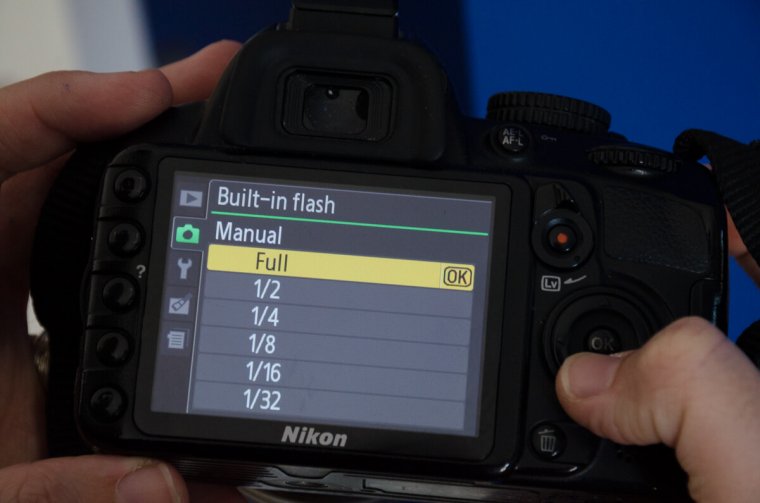
#3. It uses your camera battery: The built-in flash is dependent on your camera’s battery, making your battery’s lifetime shorter.
#4. Not good for long distances: Although it could illuminate quite well for short distances of up to three or four meters, it loses its effectiveness at greater distances.
The external flash is like the built-in flash’s bigger brother. It is an external unit which can be attached to the camera body through a designated port called a horseshoe. The more basic external flashes are merely triggered by the camera while the more advanced ones can get more information from the camera such as the lighting conditions and the settings of the camera (aperture and shutter speed)
Advantages of using an external flash
#1. It saves camera battery because it has its own
#2. Placement flexibility: the fact that the external flash has its own battery means it is also possible to mount it on tripods or on feet of its own and place it wherever you want.
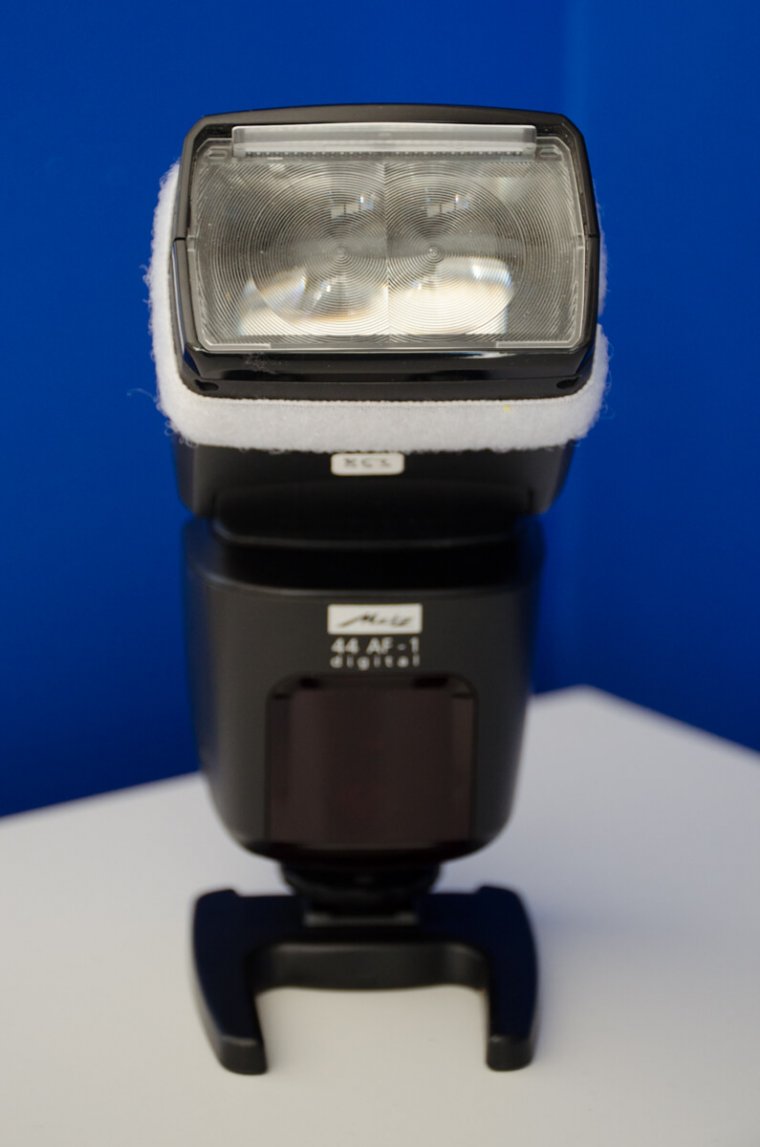
#3. Bouncing Head: the light source itself is usually set on a rotating and tilting head which allows you to play a bit more with the lighting’s angle, enabling you to bounce the light off of surfaces (this is good when you want to avoid hard light)
#4. accessories: the external flash can be combined with many gadgets and accessories such as reflectors, tripods, filters, diffusers and more. Using them could be very helpful and fun.
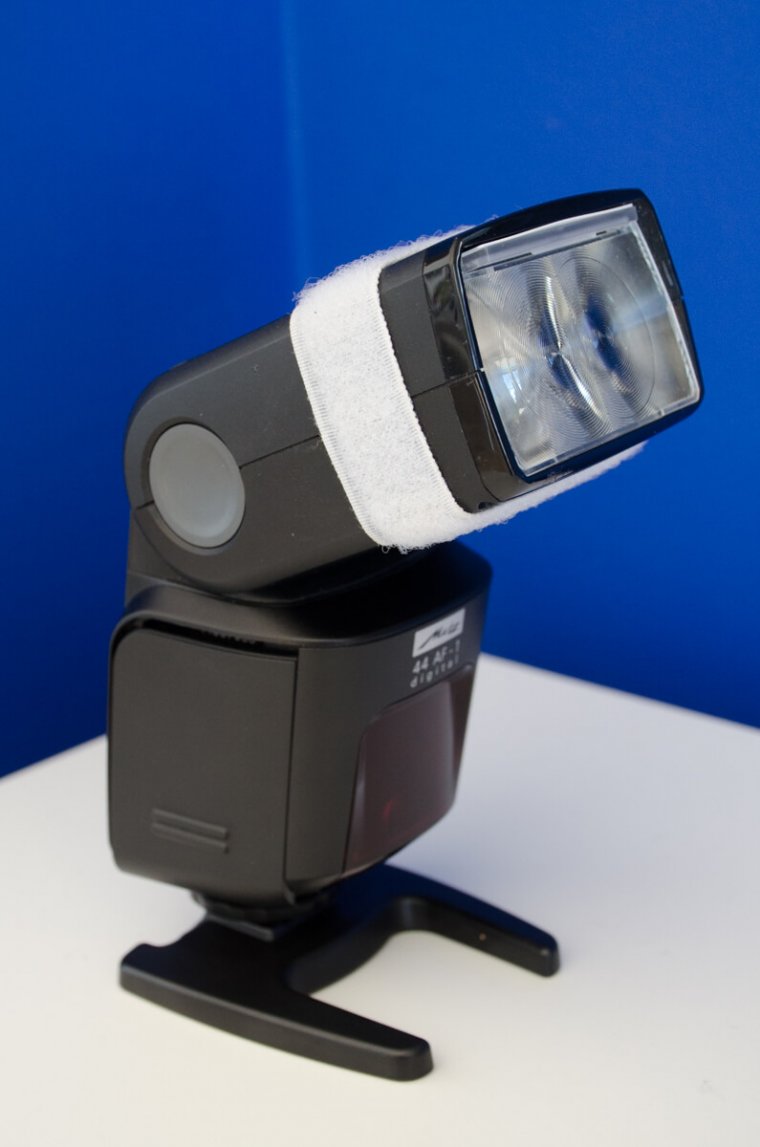
#5. You can control the light better: at the most fundamental level, the flash is a lightbulb, its intensity does not change, but the duration of the discharge can change if the flash is lit for a longer time the amount of light captured by the sensor is greater. In the external flash, setting and changing the duration of the discharge is one of the most basic things you can do.
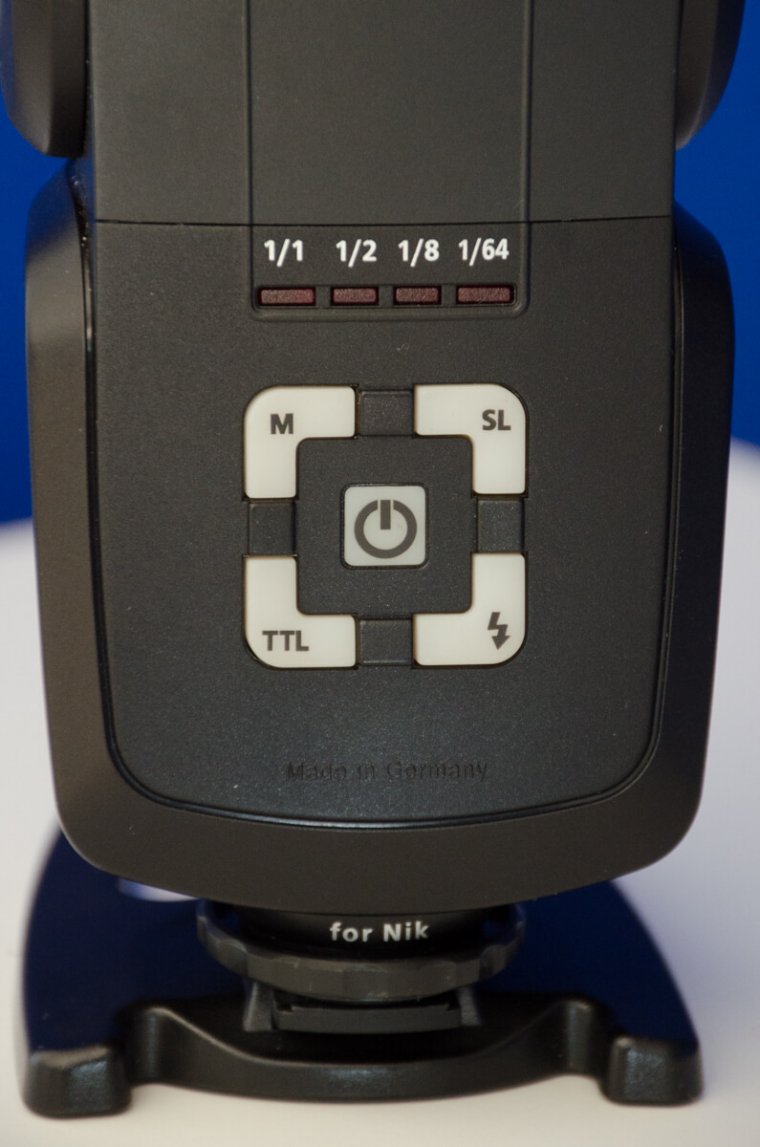
#6. You can synchronize several flashes: I don’t know if you are thinking about using more than one flash for now, but it is good to know this possibility exists. It is a good way to ensure even lighting in the photo, especially when you have a big group or a complex subject, or if you want to create certain effects.
#7. They can reach further: external flashes have more power than the built-in ones, so you can illuminate subjects that are further from the flash.
Disadvantages of external flashes
Like with everything else in life, there is a trade-off when using an external flash. The more you want to get from the flash, the more planning is required and less spontaneous you can be.
#1. It adds weight to your camera bag: having its own battery means the weight is greater. Think that you usually will carry extra batteries too. So you end up with almost the same weight as if you are traveling with two cameras, and when you take a photo it’s as if you’re holding a camera and a half.
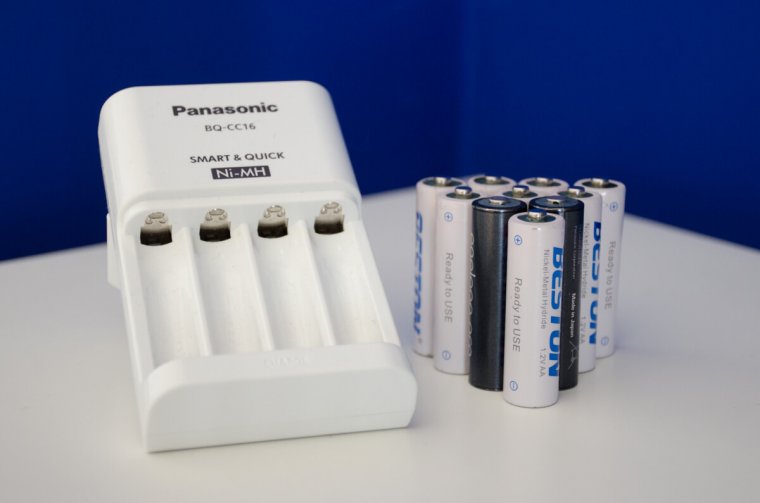
#2. It might take a lot of places: most external flashes are too big to fit in a standard camera side bag and require you to either have a specific bag or have a much bigger bag and the flash to be detached from the camera while inside.
#3. It is one more thing you need to recharge (and to remember to recharge). Having its own battery means you have another thing that requires a charger and a socket, this could be especially limiting if you are traveling
#4. You need to invest extra money: external flashes are not included with the camera, so you will need to spend some money and depending which type of flash you want, they can get really expensive (the range of prices is wide). In addition, depending on the type of photography you are into, it might be at risk of damage or loss (outdoors, bad weather conditions…) so you might prefer to get two cheaper flashes instead of one that is more expensive.
#5. Not so intuitive: after using them for a while they are not so complicated, but at first they are a bit hard to get used to. It is not just turn on and fire.
#6. Not all the flashes are compatible with all the cameras. This means you should ALWAYS CHECK COMPATIBILITY before purchasing a flash
In summary, built-in flashes are a good option if you don’t want to carry the extra weight that an external flash (and it’s batteries!!) might add to your bag. It will free you from charging batteries all the time and needing to check if they are ok (they don´t last so long when you the flash a lot). However, this freedom comes with a price: the loss of flexibility and control. Usually, the built-in flash is good if your photos aim to document a moment without too much regard to the photo’s technical quality (a good example of this situation will be when you are at a party and you want to commemorate your friends goofing off). However, when you want to have more control over your photos, The built-in flash is quite limited. If this is your case, you will need to consider the option of getting external flashes.
This is my first article in a series of articles about flash I hope you find it useful. If you have any questions, topic suggestions or remark write me a comment. Have a happy shooting!
Comments (1)
I once used my built in flash, then I bought an external flash , with ttl and hss. I realized the big difference in image quality and correct exposure. Gone where I have backlit photos, incorrect exposure. Now I always use an external flash indoor, outdoor, lowlight and all situation. I never go out without my external flash.